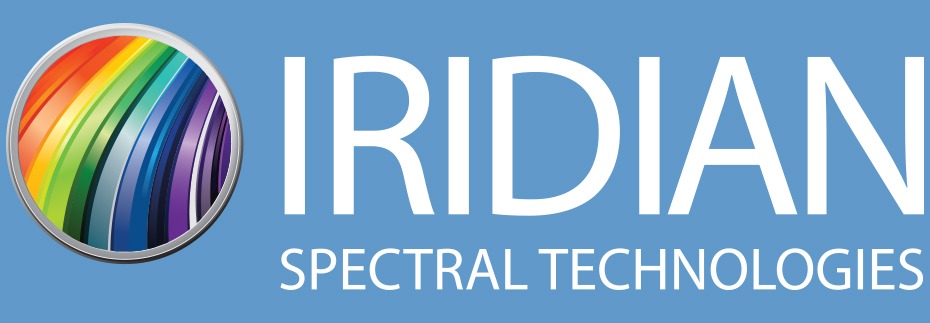Observing the earth via satellites with imaging devices provides information for numerous applications. The fundamental concept behind optical earth observation is wavelength discriminated imaging from a large distance to the earth’s surface. This approach delivers unique knowledge on a global scale that is based on data from the electromagnetic spectrum.
Whenever optical detection is required, optical filters are almost indispensable. They provide more signal, with less background to optical systems transmitting a clean and strong signal to the detector or imager without unwanted optical background noise.
Why the Atmospheric Window Matters in Optical Filter Design?
The earth’s atmosphere has a wavelength-dependent opacity. Atmospheric transparency for electromagnetic radiation from the earth’s surface varies considerably – it ranges from almost zero to nearly full transparency.
 The atmospheric window for earth observation lies approximately between a wavelength region of 300 nm up to about 15µm, basically covering the visible spectrum up to parts of the infrared. Detecting emission either from the surface of the earth or even from the atmosphere itself thus depends on the atmosphere’s electromagnetic transmission characteristics; for example, the spectral band between 6um to 8um is largely opaque due to atmospheric absorption. The spectral regime of interest is one of the core parameters of interest in optical filter design.
The atmospheric window for earth observation lies approximately between a wavelength region of 300 nm up to about 15µm, basically covering the visible spectrum up to parts of the infrared. Detecting emission either from the surface of the earth or even from the atmosphere itself thus depends on the atmosphere’s electromagnetic transmission characteristics; for example, the spectral band between 6um to 8um is largely opaque due to atmospheric absorption. The spectral regime of interest is one of the core parameters of interest in optical filter design.
An optical designer will take your specified functional needs and suggest design solutions that meet those requirements. Your spectral region of interest is central to this process. Among the plethora of optical filters available for different use cases are single band options, multispectral, and panchromatic imaging, which contains combined information from the whole visible spectrum. In the interest of brevity, we will focus on single and multi-band detection to offer a brief insight into optical filter design for earth observation.
Single Band or Multi-Band Detection?
Some earth observation applications require signal detection from only one spectral region. Single band-pass filters are often sufficient for such use cases, with options varying depending on the spectral signature of the emission you are going to monitor.
Optical designers may recommend a narrow line filter or a broader pass-band filter. However, there is no one-size-fits-all solution. Differently sized detectors require filters of different dimensions, for example, and therein lies additional design challenges. Larger format filters demand high uniformity as variation in layer thickness can easily lead to considerable wavelength shifts of the spectral detection window across the filter and thus to inaccurate results in your earth observation data.
In other cases, earth observation will require detection of multiple spectral lines at once to extract as much information as possible with only one instrument equipped to the satellite.
Combining multiple optical band filters in a single, multi-zone filter array, is an extremely practical approach given the weight and dimension restrictions of satellite equipment, plus – of course – the challenges of overcoming the harsh environment of space.
This approach allows a single detector to be turned into a multi-spectral imaging device. The principle is based on the selective application of different filters to certain pixels on the detector. Your imaging device turns into a mini spectrometer that contains no moving parts.
Looking for Earth Observation Filters?
Iridian offers single band and muti-zone filters for earth observation that are robust and tested to survive in orbit. Multi-zone filters comprise individual bandpass filters in one assembly. We follow two manufacturing approaches for our multi-zone filters: the butcher block assembly and the photolithographically patterned monolithic array. Both have their individual advantages. But ultimately, their suitability to earth observation applications is always driven by individual user requirements.
To find out more about our approach to optical filter design, or to discuss your functional needs in more depth, send us an email (istsales1@idexcorp.com) or call +1 (613) 741-4513.
